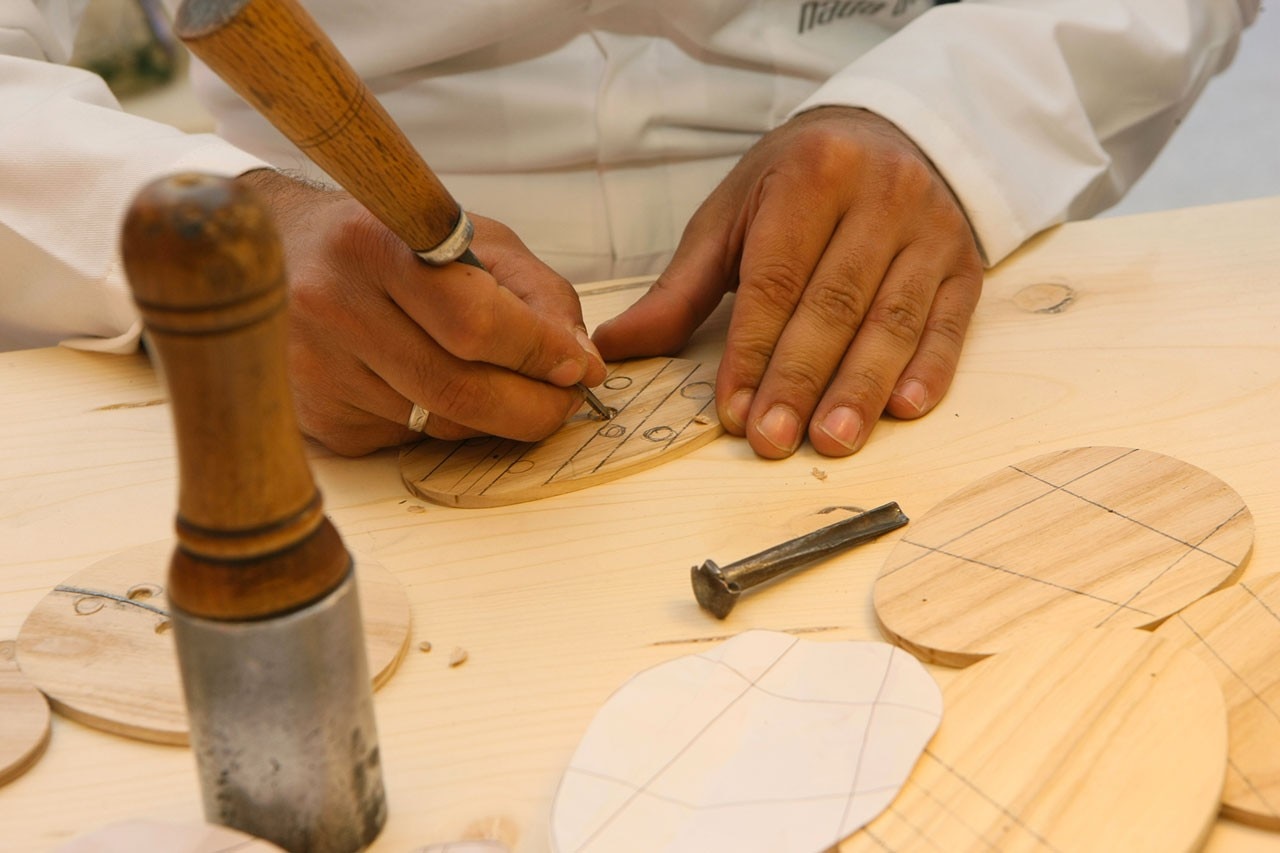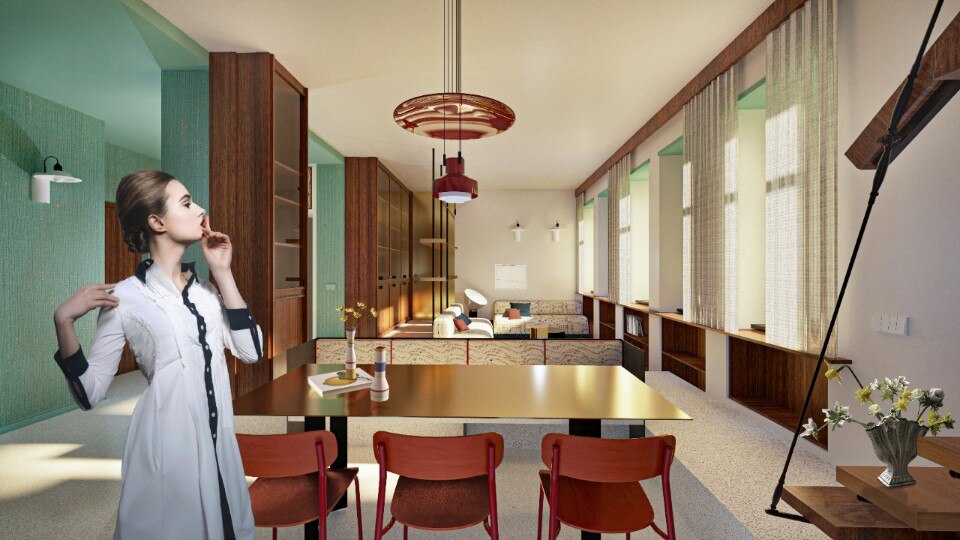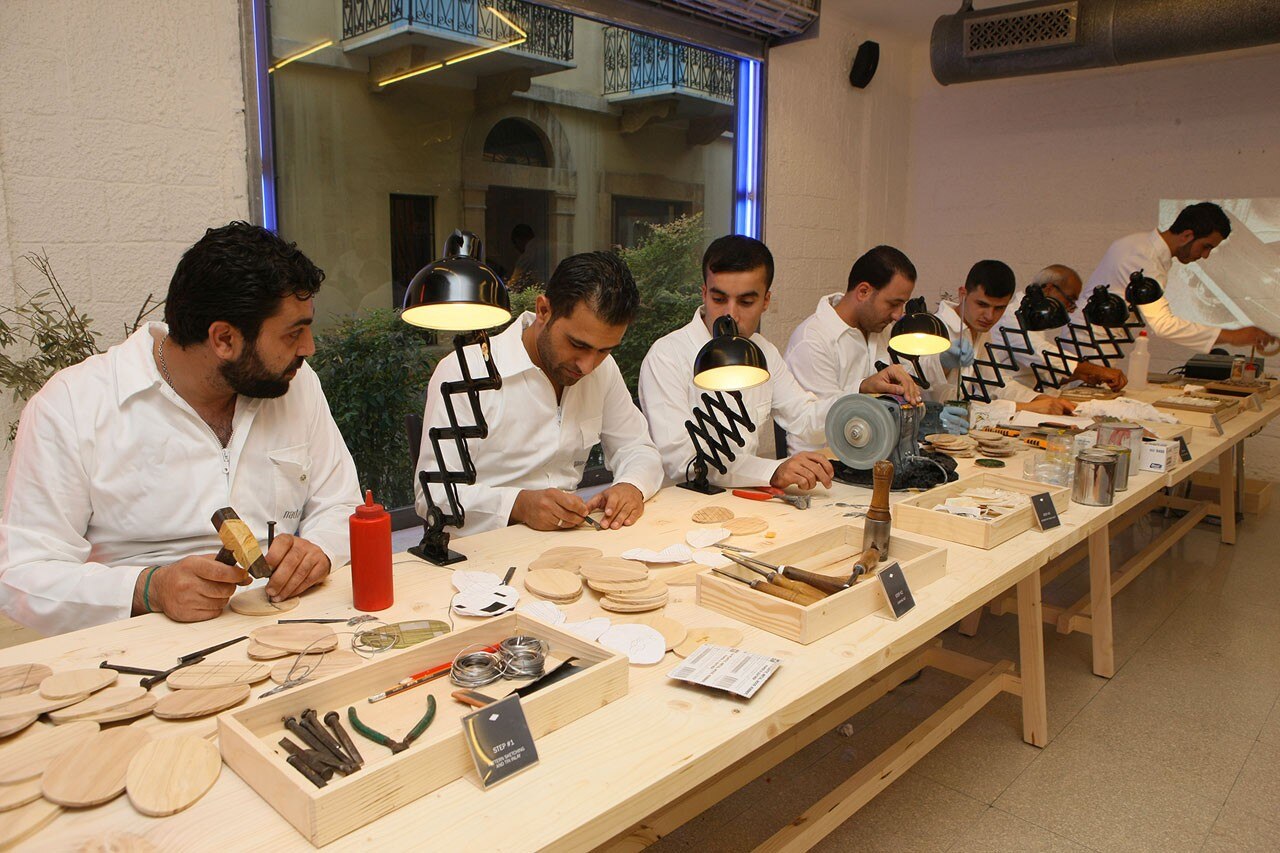
From 9 to 15 June, the Lebanese capital did celebrate only the accepted local creativity, with internationally consecrated queens such as Bokja (thinking positive, Huda Baroudi and Maria Hibri presented happiness in the form of The Tree of Love) and Nada Debs (with the extraordinary #craftcool performance featuring seven craftsmen dressed in white at work); year after year, they showcase the highest levels of applied design – both in terms of product and its background origins.
As well as the “Newcomers” exhibition at the Saifi Village – a colourful display by the country’s fashion designers – the Souk also featured two European delegations: Denmark displayed its “Contemporary Danish Architecture” and Holland presented an overview of its best current works in the “Dutch Design Exhibition”.
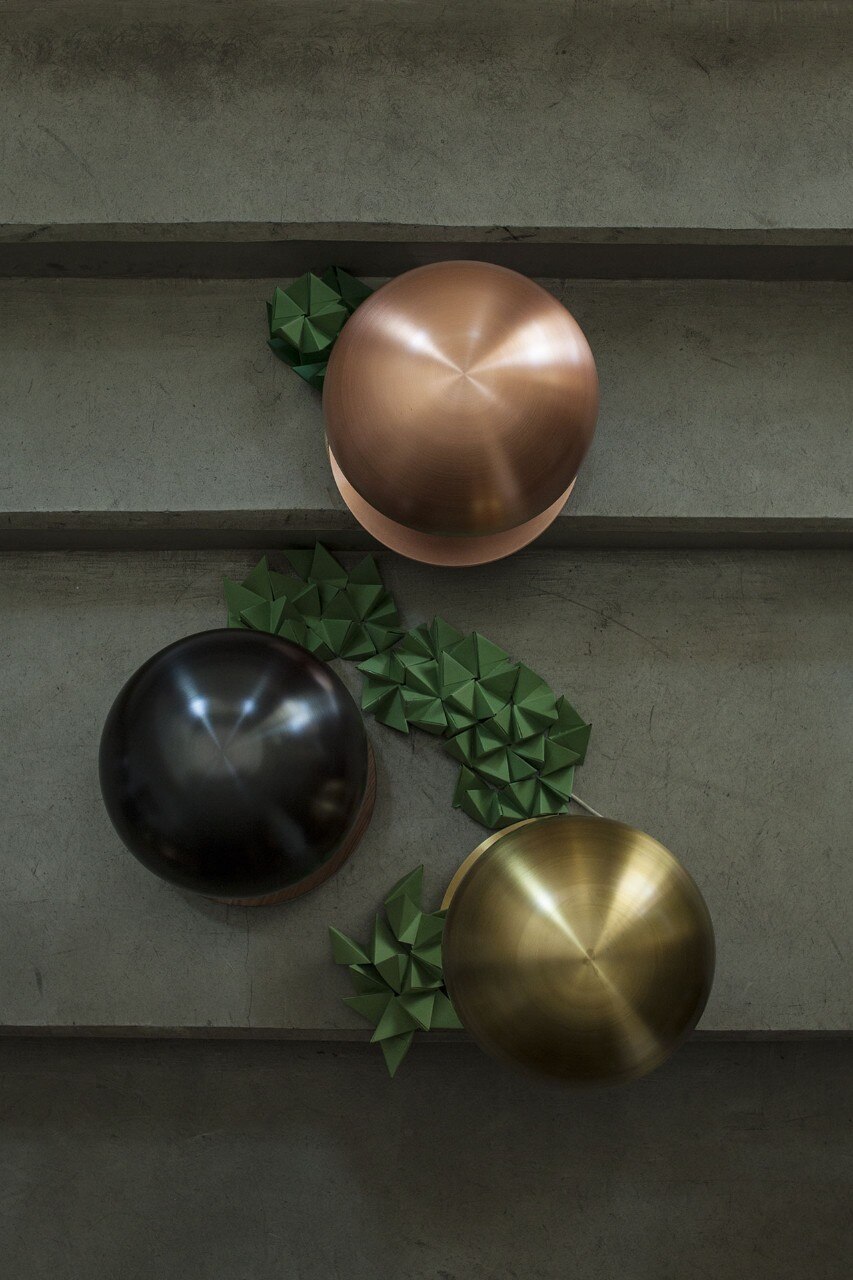
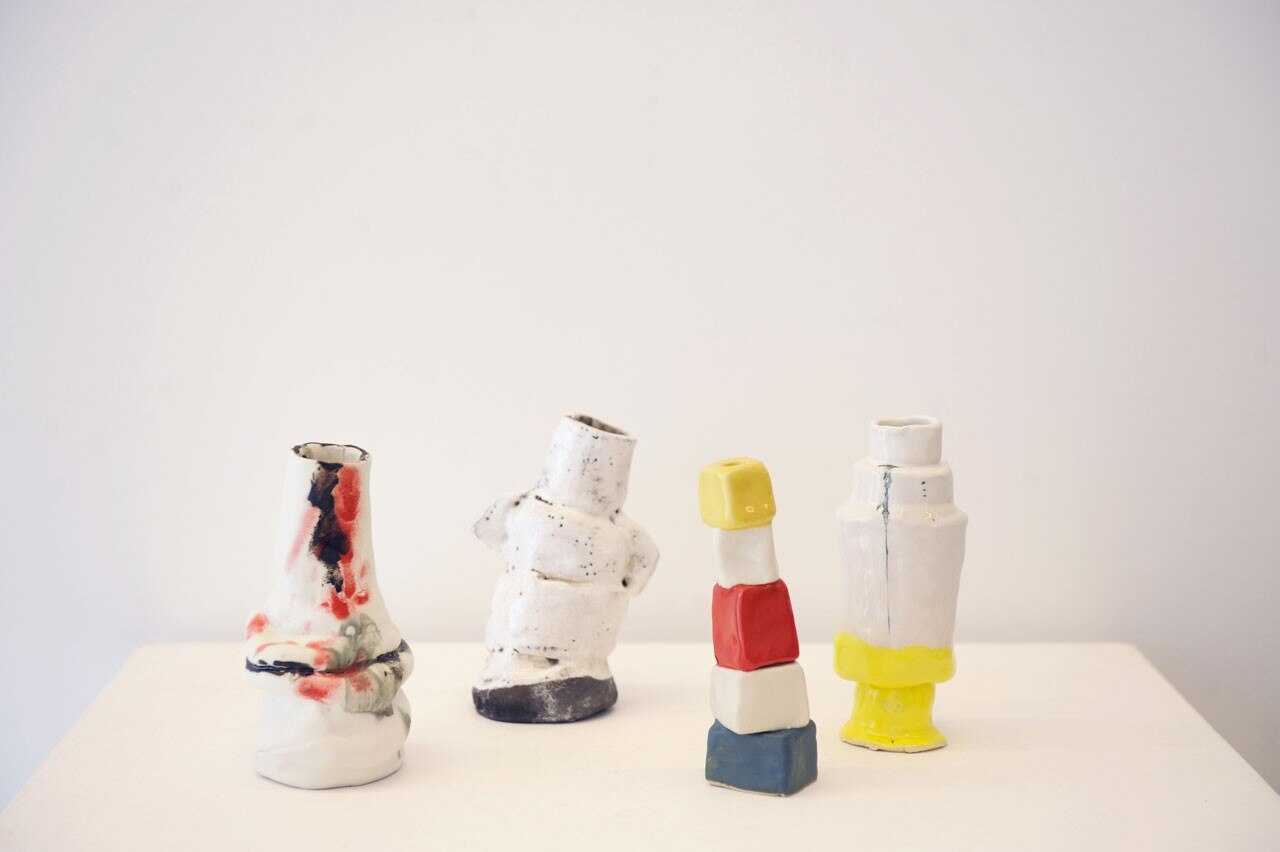
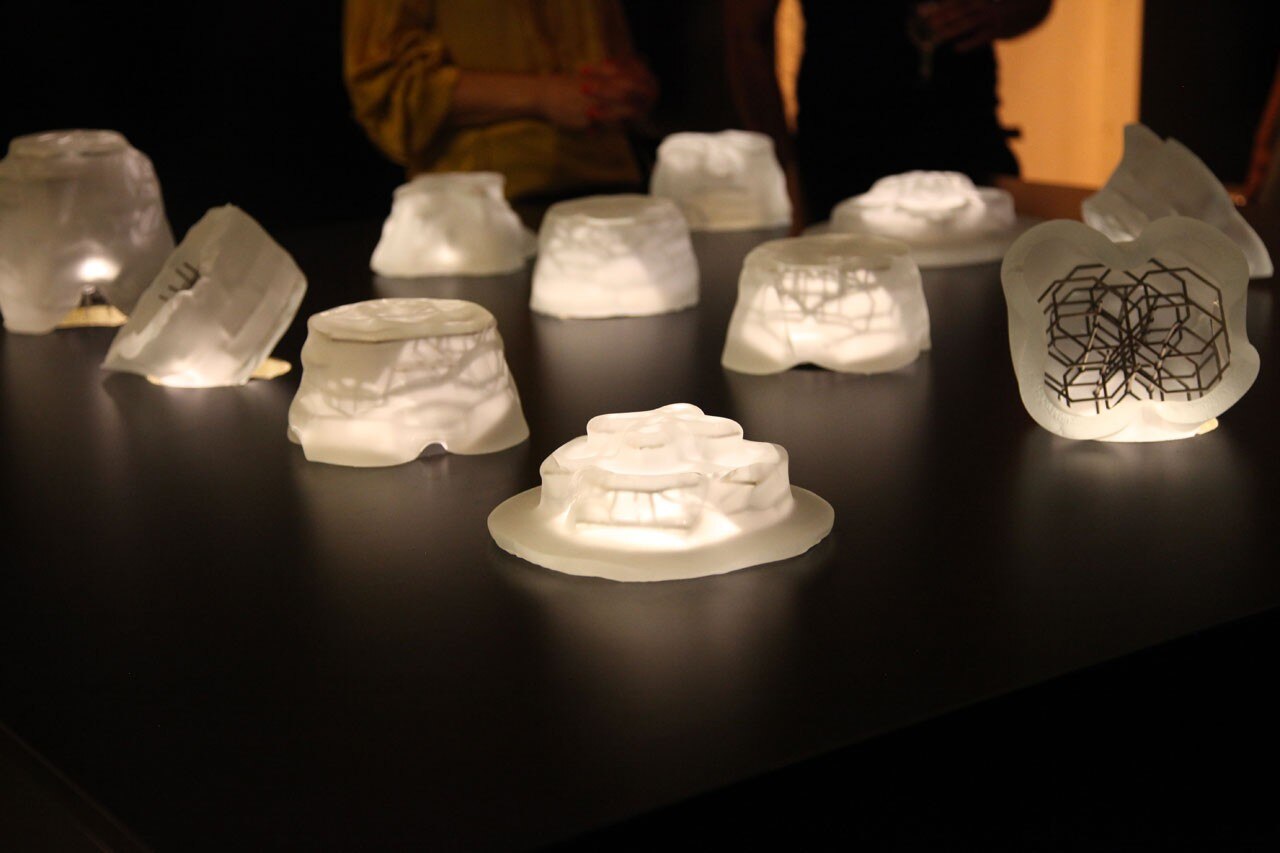
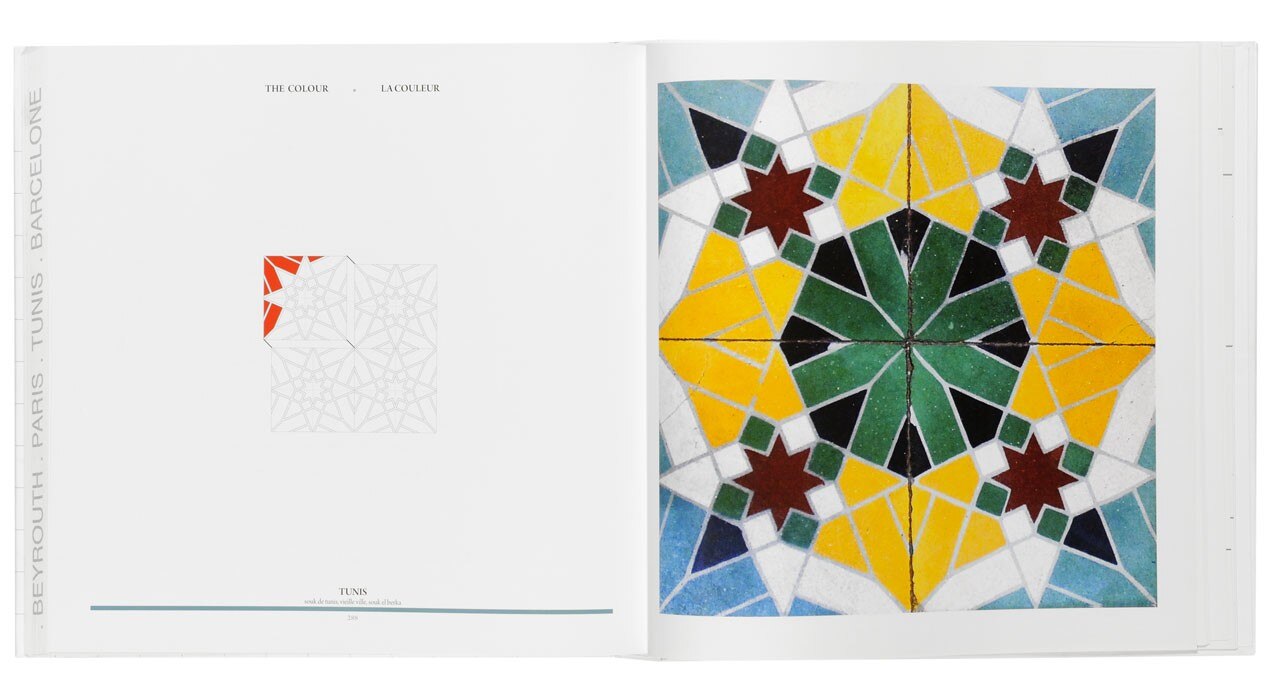
Skaf has published a book on vibrantly patterned tiles entitled 20x20, the fruit of years of research in Tunis, Paris, Barcelona and Beirut. We also paid a much-deserved visit to theOtherDada of young talent Adib Dada in the Sabbagh Building, one of the city’s historic buildings that survived the bombing and has now been fully, skilfully and thoughtfully refurbished. Dada is a perfectionist of architectural design with several ongoing commissions in Lebanon and Saudi Arabia. His approach to architecture takes in a number of scientific studies on urban biodiversity that focus on flora and fauna, smart mobility and smart energy.
The Italian presence was in the Hamra district where, in the brilliant Carwan Gallery, led by Nicolas Bellavance-Lecompte and Pascal Wakim, Vincenzo De Cotiis showed a selection of furnishings he designed for Progetto Domestico, a collection that the Milan-based architect and designer has been producing for years. Not far away, Karim Bekdache’s gallery of 20th-century collectibles and PSLab were another two must-see venues for design lovers.
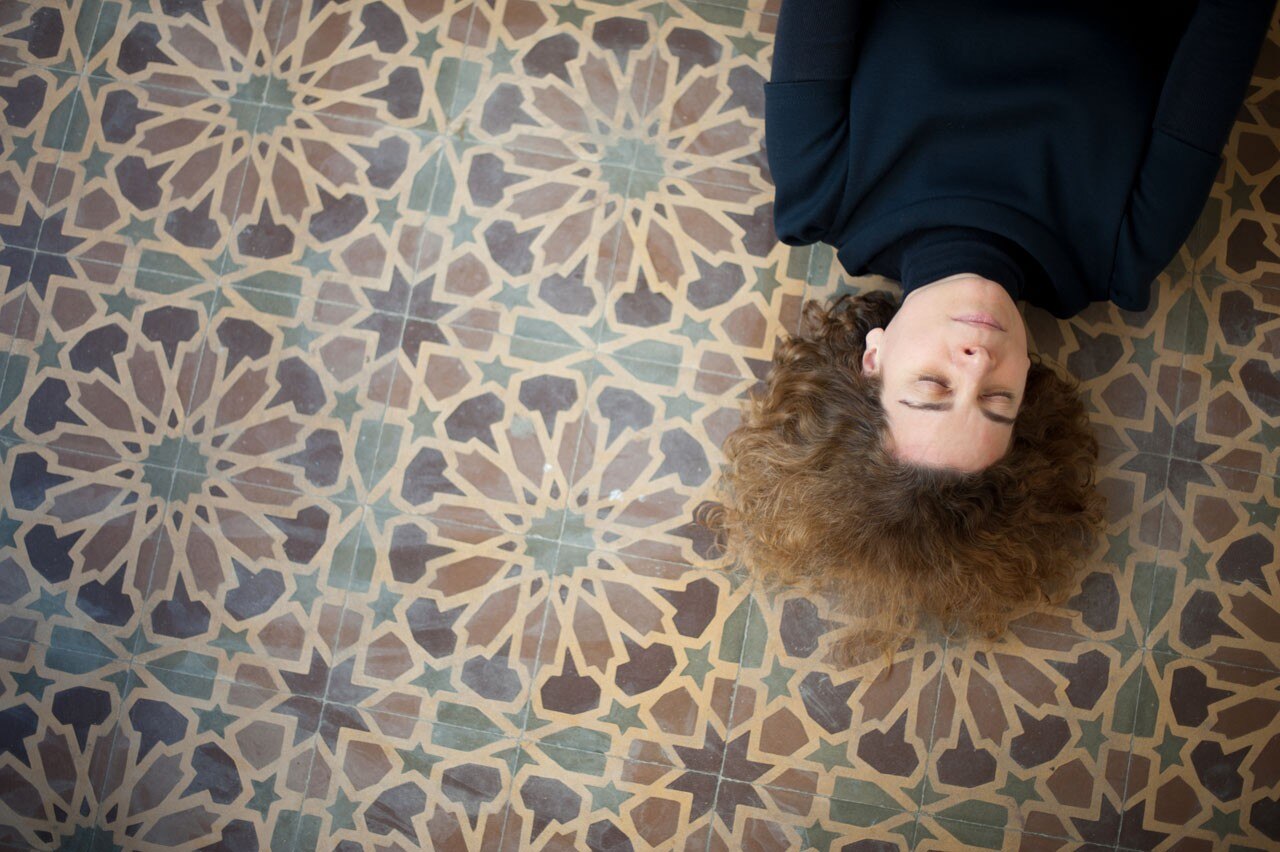
9 – 15 June 2014
Beirut Design Week 2014
various locations, Beirut
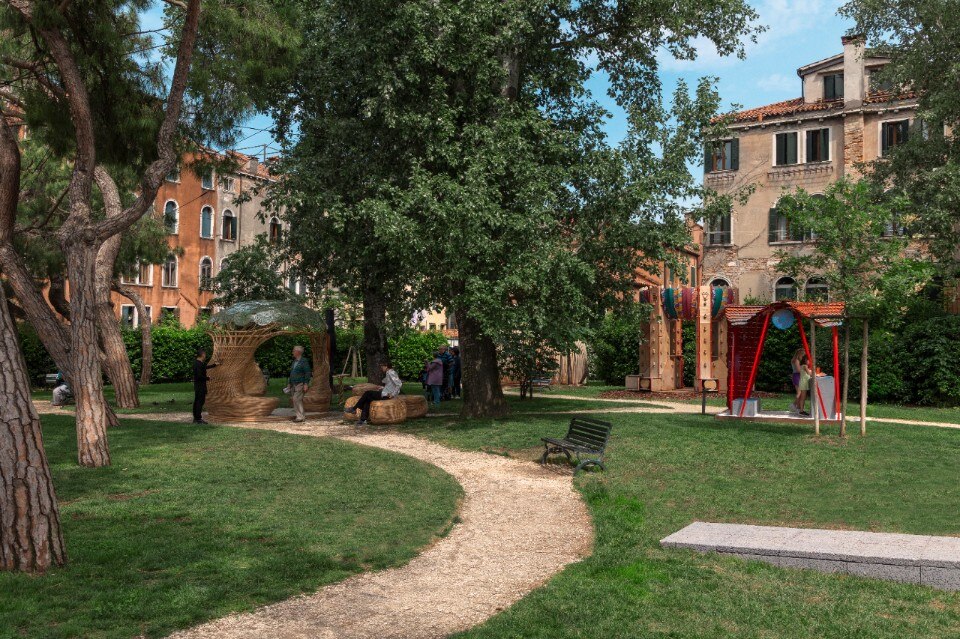
Time Space Existence: the Future of Architecture In Venice
Until November 23, 2025, Venice is the global hub for architectural discussion with "Time Space Existence." This biennial exhibition, spearheaded by the European Cultural Centre, features projects from 52 countries, all focused on "Repairing, Regenerating, and Reusing" for a more sustainable future.


